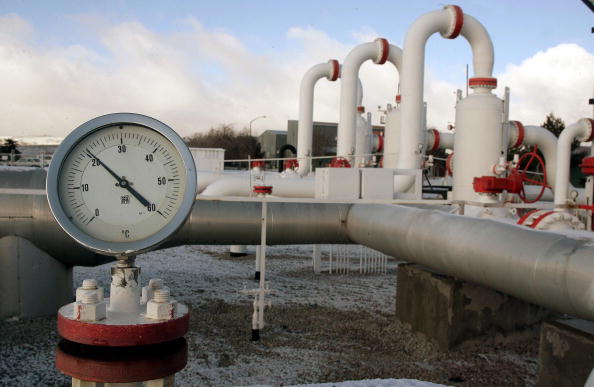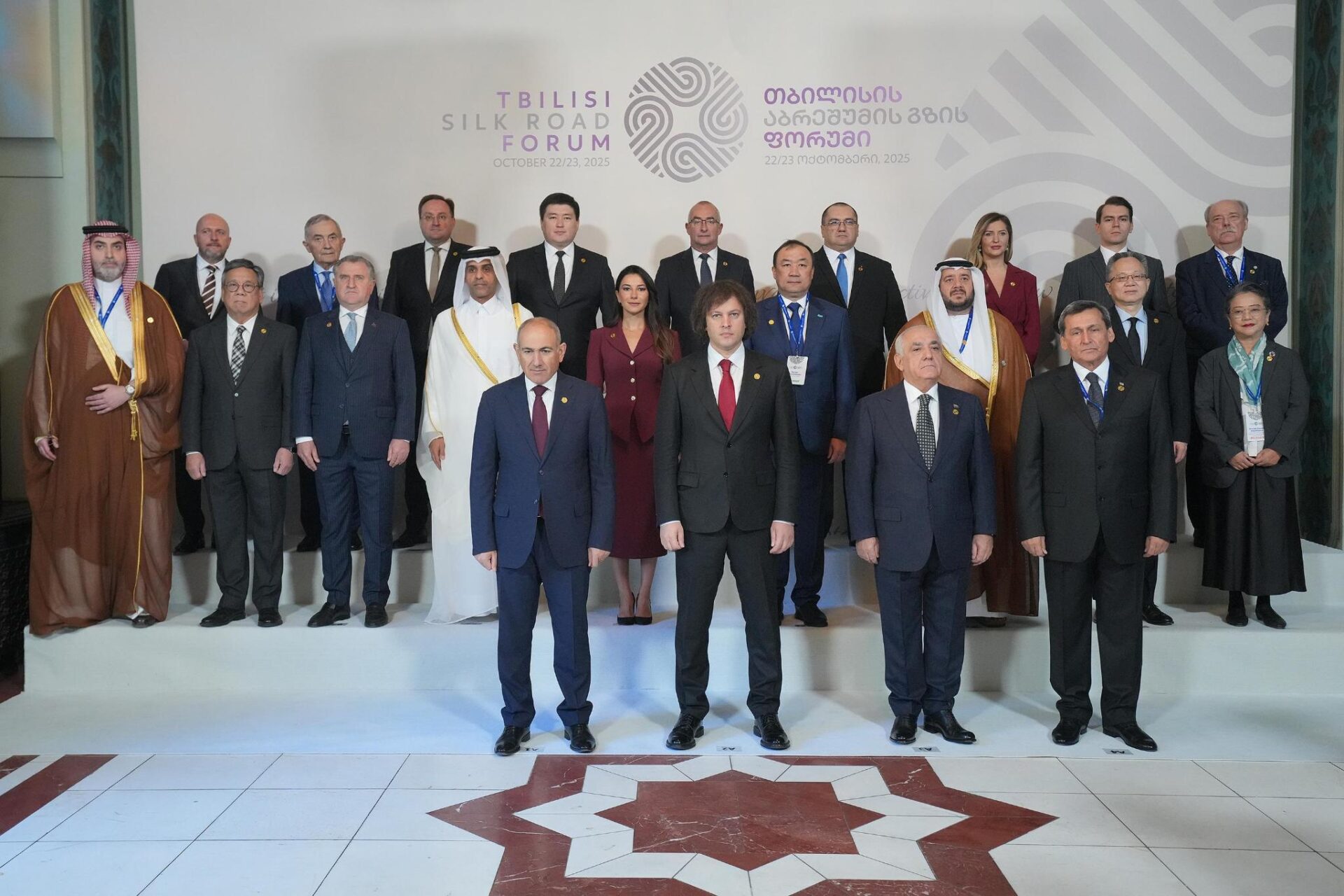
Trans-Anatolia Gas Project and Its Rivals in Comparative Perspective
Trans-Anatolia Gas Project and Its Rivals in Comparative Perspective
The Azerbaijan-Turkey project, Trans-Anatolia Gas Pipeline (TAGP; Turkish acronym TANAP), announced as recently as December 26, emerges as the optimal solution for transporting Azerbaijani gas to Europe, potentially opening the way for Turkmen gas also. The pipeline is planned to be built from 2012 to 2017, with a capacity of up to 30 billion cubic meters (bcm) of gas annually (revised upward from 24 bcm), at an estimated cost of $5 billion to $6 billion, mainly to be covered by Azerbaijan. It would run from the Georgia-Turkey border to the Turkey-Bulgaria border, there to link up with a continuation pipeline (possibly an abridged Nabucco reiteration) into south-eastern and central Europe (see EDM, January 4, 5, 6; Trend, February 1).
Unlike Nabucco and three other, lesser pipeline projects, all competing over Azerbaijani gas, TAGP holds all the decisive advantages. The TAGP project guarantees gas supplies from Azerbaijan in strategic volumes. It allows for volume increments from Turkmenistan, if and when Turkmen gas crosses the Caspian Sea. TAGP is self-financed, with Azerbaijan drawing on its oil revenues to finance up to 80 percent of TAGP’s construction costs (and Turkey 20 percent). TAGP would operate as a dedicated pipeline, i.e., an exclusive one, independent of (and immune to interference from) national governments and their pipeline grids along the route to Europe. It targets the right markets, those that need both the added volumes and diversification of suppliers. TAGP is planned to be scalable, i.e., gradually reaching full operating capacity in step with gas production increases, so as to avoid financial losses from temporary below-capacity use.
No rival project can demonstrate anything comparable with TAGP’s combination of advantages. Nabucco, with all its strategic value at 31 bcm in design capacity, has no financing and no guaranteed gas supplies even for the first stage. Its most successful achievement is the EU legal and regulatory regime applying along Nabucco’s entire route, from Turkey’s east to Vienna. However, TAGP matches that advantage by proposing a dedicated pipeline under a bilateral, legally binding agreement.
British Petroleum’s proposed South East Europe Pipeline (SEEP; a concept, not yet a project) may look superficially attractive as “cheap.” But such cost-savings are deceptive. SEEP only envisages delivering 10 bcm of gas to Europe annually, a non-strategic volume. As project operator at the Shah Deniz field in Azerbaijan, BP seeks a quick, narrow fix for those 10 bcm of Shah Deniz Phase Two gas, forthcoming annually from 2017 onward. BP’s proposal would eliminate the Nabucco project in its entirety. Instead, SEEP would use existing, nationally owned pipelines and pipeline sections along its proposed route from Turkey to Hungary, with interconnectors farther afield. It would build some new sections and upgrade some others in half-a-dozen countries.
With a patchwork of pipeline sections and inter-connectors, all with varying parameters, characteristics and ownerships, SEEP does not look easily scalable. By contrast, a linear and dedicated pipeline such as TAGP can easily scale up its capacity. As TAGP’s majority owner, Azerbaijan would be keenly interested in scaling it up, whereas BP’s motivation in SEEP seems narrower. From Azerbaijan’s standpoint, TAGP represents a vital, long-term national interest, with a corresponding financial investment. From BP’s perspective, SEEP seems inspired by corporate expediency with a solution “on the cheap.” Apart from a general outline, very little is known publicly about SEEP since BP proposed it in October 2011. However questionable in its own right, SEEP relies on BP’s influence as project operator within the Shah Deniz producers’ consortium (see EDM, November 2, 3).
The remaining rival projects, Interconnector Turkey-Greece-Italy (ITGI) and Trans-Adriatic Pipeline (TAP, its route overlapping with ITGI’s) are still bidding, with dwindling chances, for the same 10 bcm of Azerbaijani gas per year post-2017 from Shah Deniz Phase Two. The ITGI and TAP were trailing far behind Nabucco in this zero-sum contest. Targeting primarily Italian markets, ITGI and TAP were non-strategic in volume and anti-strategic in their market destination, to the detriment of Nabucco countries that need the volumes and the diversification.
The European Commission rightly favored Nabucco for strategic considerations until very recently. Nabucco’s credibility is now fading all around (see EDM, January 31), but ITGI and TAP are not gaining from this. The current frontrunners, TAGP and SEEP, would (as it currently appears) leave no role, room, or indeed gas for either ITGI or TAP. While SEEP could be seen from its inception (October 2011) as an outright replacement of Nabucco (killer in all but name), TAGP can keep Nabucco alive on a shorter route (Bulgaria to Vienna), as a continuation pipeline into the Nabucco countries on EU territory.
TAGP would connect the Caspian basin directly with Europe for the first time. It would establish Azerbaijan as a new “gas nation,” producing as well as transiting gas to Europe, through a pipeline it would itself finance and operate as majority owner. TAGP underscores Azerbaijan’s growing role as a contributor to European energy security. It also demonstrates this country’s capacity to invest in major infrastructure projects from its own resources, without seeking or waiting for European public funds.


